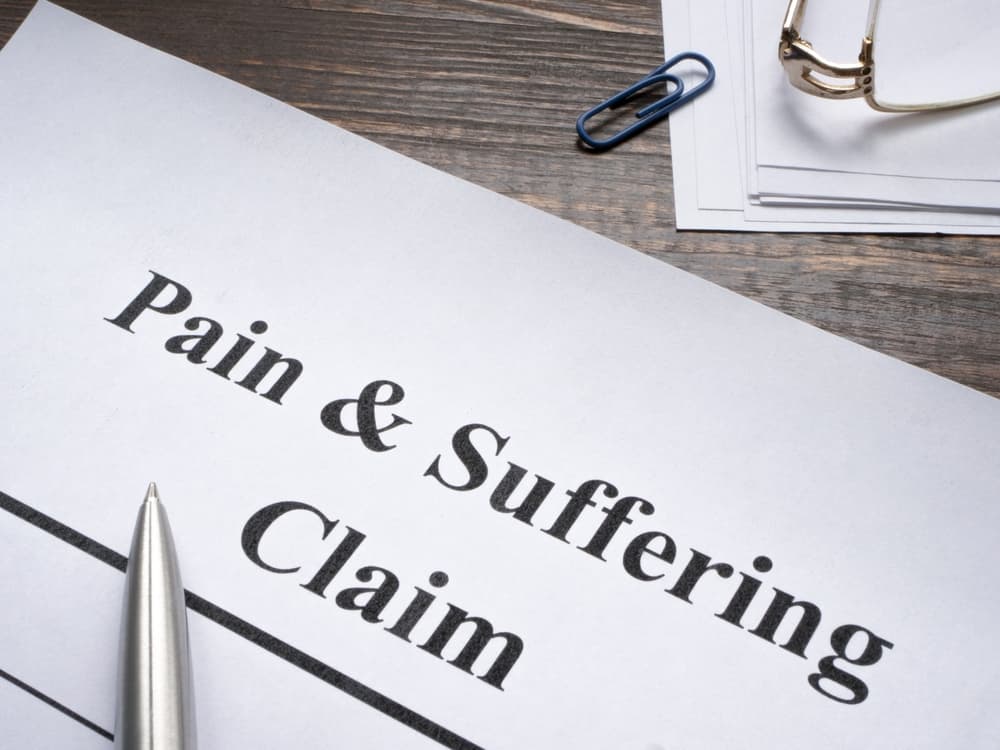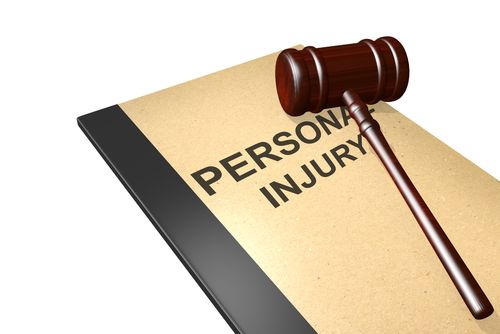Do insurance companies pay for pain and suffering? The short answer is that many insurance policies include compensation for these non-economic damages, but coverage and settlement amounts can vary widely based on your circumstances. In New York, including Long Island, insurance adjusters often look for ways to minimize payouts.
Pain and suffering can be part of a personal injury claim arising from a car crash, slip and fall, or other type of accident caused by someone else’s negligence. Negotiating for maximum compensation, however, can feel overwhelming and confusing if you have no prior experience with personal injury claims.
Many individuals in Suffolk County, Nassau County, and throughout the Boroughs face daunting medical bills, lost wages, and considerable emotional distress following a serious accident. A dedicated Long Island personal injury lawyer at Rosenberg & Gluck LLP can guide you through the insurance process, speak with the adjusters on your behalf, and—when necessary—take your case to court.
The right support makes it possible to pursue every dollar you deserve for losses, including those tied to pain and suffering.
Defining Pain & Suffering in a New York Insurance Claim
Pain and suffering refers to the physical discomfort and emotional upheaval that follow a personal injury. These damages go beyond tangible costs, like lost earnings or hospital bills, which are defined as economic damages.
They may include lingering pain from fractures, persistent headaches or back pain, depression stemming from life-altering injuries, anxiety about driving again after a collision, or other mental and emotional challenges. In New York, legal systems generally classify these experiences as non-economic damages.
Why Pain & Suffering Matters
Being hurt in an accident caused by someone else’s negligence can take away the fundamental joys of life. Chronic pain can disrupt your ability to sleep, work, or spend quality time with your family.
Emotional difficulties can affect relationships, introduce mental health challenges, and cause a loss of enjoyment in everyday activities. Filing a claim for pain and suffering in New York acknowledges these non-economic consequences rather than focusing solely on financial losses.
Accidents and Injuries That May Involve Pain & Suffering

- Motor Vehicle Collisions: Car, motorcycle, bicycle, or pedestrian accidents often lead to neck and back injuries, fractures, head trauma, and psychological harm.
- Slip and Falls: Individuals can suffer hip fractures, head injuries, or spinal damage that cause long-term discomfort and a fear of navigating surfaces.
- Construction Accidents: Falls from scaffolding or exposure to hazardous conditions may result in serious physical injuries accompanied by anxiety or PTSD.
- Product Liability or Defective Products: Faulty machinery, defective automobile parts, or dangerous consumer products can lead to severe, life-altering harm.
In each scenario, New York law allows injured individuals to pursue compensation that accounts for both economic and non-economic injuries. Pain and suffering is part of this broader picture.
How New York Laws Affect Pain & Suffering Compensation
New York is a no-fault insurance state for motor vehicle accidents. This means that after a car crash, each driver’s insurance typically covers medical bills and lost wages up to a certain limit, regardless of who caused the collision. However, no-fault coverage doesn’t automatically include pain and suffering, and it only pays up to policy limits for quantifiable expenses.
For pain and suffering, the injured person must typically meet the state’s “serious injury threshold.” This could involve dismemberment, significant disfigurement, broken bones, or a permanent impairment that substantially disrupts one’s life. If you meet that threshold, you have the right to file a lawsuit or a third-party insurance claim against the negligent driver for pain and suffering.
New York Statute of Limitations
Time limits apply when filing personal injury lawsuits. Generally, in New York, an individual has three years from the date of the accident to bring a civil lawsuit for injuries. If a municipality or government entity caused or contributed to the accident, a notice of claim must be filed within 90 days if you intend to sue that municipality.
These deadlines can be shorter or longer depending on specific factors, so verifying them for your case is helpful.
For wrongful death, New York law sets a two-year time limit, even if the death resulted from medical malpractice. This is a distinct timeline from personal injury claims, which means families must act promptly if they intend to seek damages for the loss of a loved one. Pain and suffering in a wrongful death claim may refer to the decedent’s conscious pain and suffering before passing, so discussing the details with a personal injury lawyer can clarify potential recovery.
Variations Across State Lines
Sometimes, accidents on Long Island involve parties from neighboring states, like New Jersey. New Jersey generally has a three-year statute of limitations for personal injury, which aligns with New York.
Cross-border collisions can be complicated because each state may have slight variations in insurance requirements or liability standards. Consult with an attorney if your accident occurred while crossing state lines or involves a non-resident defendant.
The Role of Liability in Pain & Suffering Claims

To recover pain and suffering damages, it’s necessary to establish that another party’s negligence caused or contributed to the accident. For example, if a driver ran a red light in Suffolk County and collided with you, their insurer might owe you compensation for both economic losses and the intangible costs of living with your injuries.
Insurance adjusters in New York routinely investigate claims to assess fault. They review traffic camera footage (if available), speak to witnesses, evaluate police reports, and analyze medical documentation. They aim to determine which driver or entity should cover the costs of the collision.
If a property owner fails to remove ice from a sidewalk in Nassau County, resulting in injuries, their homeowner’s insurance might be liable for pain and suffering.
Comparative Negligence in New York
New York follows a “pure comparative negligence” rule. This means that even if you bear some responsibility for the accident, you can still recover damages, though your compensation may be reduced by the percentage of your fault. For instance, if you are 20% at fault, your overall award is reduced by 20%.
Insurance companies often attempt to assign a greater percentage of fault to the injured party to reduce what they pay. Having legal representation can safeguard you from unwarranted blame. Attorneys know how to gather proof that shows the other party’s fault, which can strengthen your claim for pain and suffering.
Liability When a Municipality Is Involved
If your accident resulted from a road hazard, a poorly maintained public space, or a negligent municipal employee, the 90-day notice requirement applies. Municipal defendants may have additional legal defenses not available to private citizens, which can make the process more complex.
The presence of a lawyer during settlement talks and potential litigation ensures that you can address procedural hurdles and maintain your eligibility for pain and suffering damages if your injuries meet the legal threshold.
Why Insurance Companies Resist Paying Pain & Suffering
Insurance adjusters are trained to reduce the amount paid in claims. Because pain and suffering damages can be substantial when injuries are serious or life-altering, adjusters typically scrutinize these claims more closely.
Unlike fixed economic damages, non-economic losses are more subjective. Insurance representatives may dispute your level of pain, question medical evidence, or suggest that your emotional distress is exaggerated.
Challenges of Proving Intangible Damages
Unlike hospital bills or pay stubs that show a clear monetary loss, pain and suffering is harder to quantify. Two people with similar injuries might report different levels of daily pain or emotional hardships.
Insurers often exploit this by arguing that a claimant is overstating suffering to receive a bigger settlement. The presence of thorough medical records, consistent treatment logs, and supportive testimony from healthcare professionals strengthens your position.
Common Tactics
- Quick Settlement Offers: Adjusters may offer a low settlement early in the process to resolve the case before a claimant fully understands the extent of injuries.
- Delaying or Denying Claims: Some insurers may delay processing or claim investigations to pressure injured parties into accepting a less favorable settlement out of frustration.
- Questioning Severity: Insurance companies often request independent medical examinations with doctors they trust to downplay injuries or attribute them to preexisting conditions.
The Advantages of Working with a Lawyer
Skilled Negotiation

By presenting well-organized documentation of your injuries, explaining the degree of pain and suffering, and referencing relevant case law, an attorney can negotiate from a position of strength. Insurance companies recognize that legal professionals understand how non-economic damages are evaluated in New York courts, so they tend to treat these claims more seriously.
Willingness to Go to Court
Lawsuits can be time-consuming and expensive, but the mere possibility of going to trial often drives an insurance company’s decision to offer a fair settlement. A lawyer will prepare the case as though it’s heading to court, collecting the evidence necessary to show the extent of your pain and suffering. This preparation demonstrates a readiness to challenge any undervalued settlement offers at trial.
Accurate Valuation of Pain & Suffering
Determining a dollar amount for physical and emotional distress can feel daunting. A personal injury attorney uses experience from handling similar cases on Long Island and elsewhere in New York to gauge a fair range for your damages. This includes considering:
- The type and severity of injuries
- Any permanent or long-term disability
- Emotional trauma and mental health impacts
- Overall interruption to your daily routine
A thorough valuation leaves less room for insurance adjusters to assert that you’re asking for an excessive amount.
Handling the Legal Complexities
From meeting strict filing deadlines to knowing how to work around a municipality’s immunity defenses, attorneys can steer you through legal complexities. Insurance negotiations can be intricate, particularly if more than one party is liable or if coverage layers overlap (such as when the at-fault driver is underinsured). A lawyer navigates these nuances, giving you time to concentrate on recovering from injuries.
Contingency Fee Arrangements
The attorneys at Rosenberg & Gluck work on a contingency fee basis. This means there are no upfront fees, and you only pay if you receive compensation. This arrangement aligns your attorney’s goals with your desire for the highest possible settlement or verdict since their fee is typically a percentage of the recovery.
Pitfalls to Avoid
- Delaying Medical Care: Not seeking timely care raises questions about whether your injuries are as severe as you claim.
- Oversharing on Social Media: Insurance adjusters monitor social platforms for anything that could contradict your claimed level of injury or distress.
- Giving Recorded Statements Without Counsel: Making statements on record for the insurance company can create inconsistencies or misunderstandings that they may use later.
- Waiting Too Long to File a Claim: Missing the statute of limitations or the 90-day notice deadline for municipal claims eliminates your chance to recover.
Working With Rosenberg & Gluck LLP on Long Island
Rosenberg & Gluck LLP is based on Long Island and serves clients in Suffolk County, Nassau County, and the Boroughs. Our team is committed to pursuing the full value of your claim for both economic and non-economic damages. We understand the tactics insurance companies use to dispute or minimize pain and suffering, and we build cases that highlight the real-world difficulties people face after an accident.
Personalized Guidance
Accident circumstances vary. We believe in customizing strategies for each client. Whether you were injured in a car crash and captured on traffic camera or suffered a slip and fall in a local restaurant, we offer guidance that focuses on your unique situation. We handle everything from investigating liability to calculating damages.
A History of Successful Results
Over the years, our firm has handled a wide spectrum of personal injury claims, including those involving catastrophic injuries, multi-vehicle collisions, and premises liability. We use a methodical approach to negotiation and case preparation. While many clients prefer a quick resolution, we do not shy away from taking a case to court if the settlement offer undervalues pain and suffering.
Streamlined Communication
Suffering a life-changing injury is stressful, and juggling complex legal proceedings only adds to the burden. Our goal is to handle the legal legwork, so you can concentrate on your health. We keep you updated, clarify next steps, and offer honest assessments of potential outcomes.
Contact Us to Pursue the Pain & Suffering Compensation You Deserve

Insurance companies do pay pain and suffering in many claims, but rarely without a careful evaluation of your injuries, the laws in New York, and how your losses are documented. Pain and suffering is an integral part of a personal injury claim, reflecting not only the physical hardship but also the emotional strain an accident can inflict.
People hurt by another’s negligence have every right to pursue compensation for pain, anguish, and disruptions to their well-being. A caring, knowledgeable legal advocate can handle these negotiations and, if needed, fight for your rights in court.
If you or someone you love suffered injuries in Suffolk County, Nassau County, or the Boroughs, Rosenberg & Gluck LLP is here to discuss your case. Contact us today to discuss your legal options and find out how we can help you move forward. Call our Long Island office at 631-451-7900 or contact us online.









